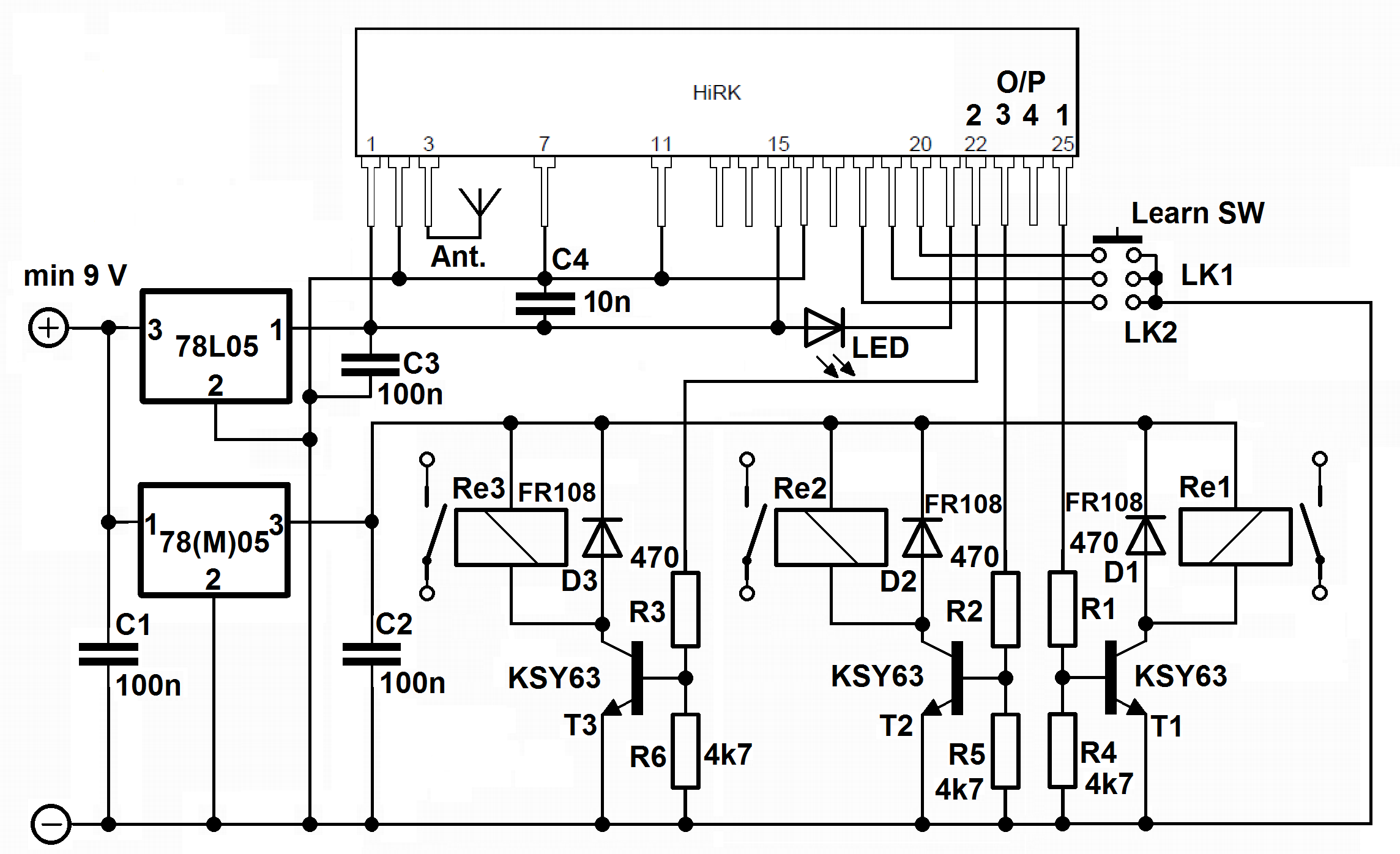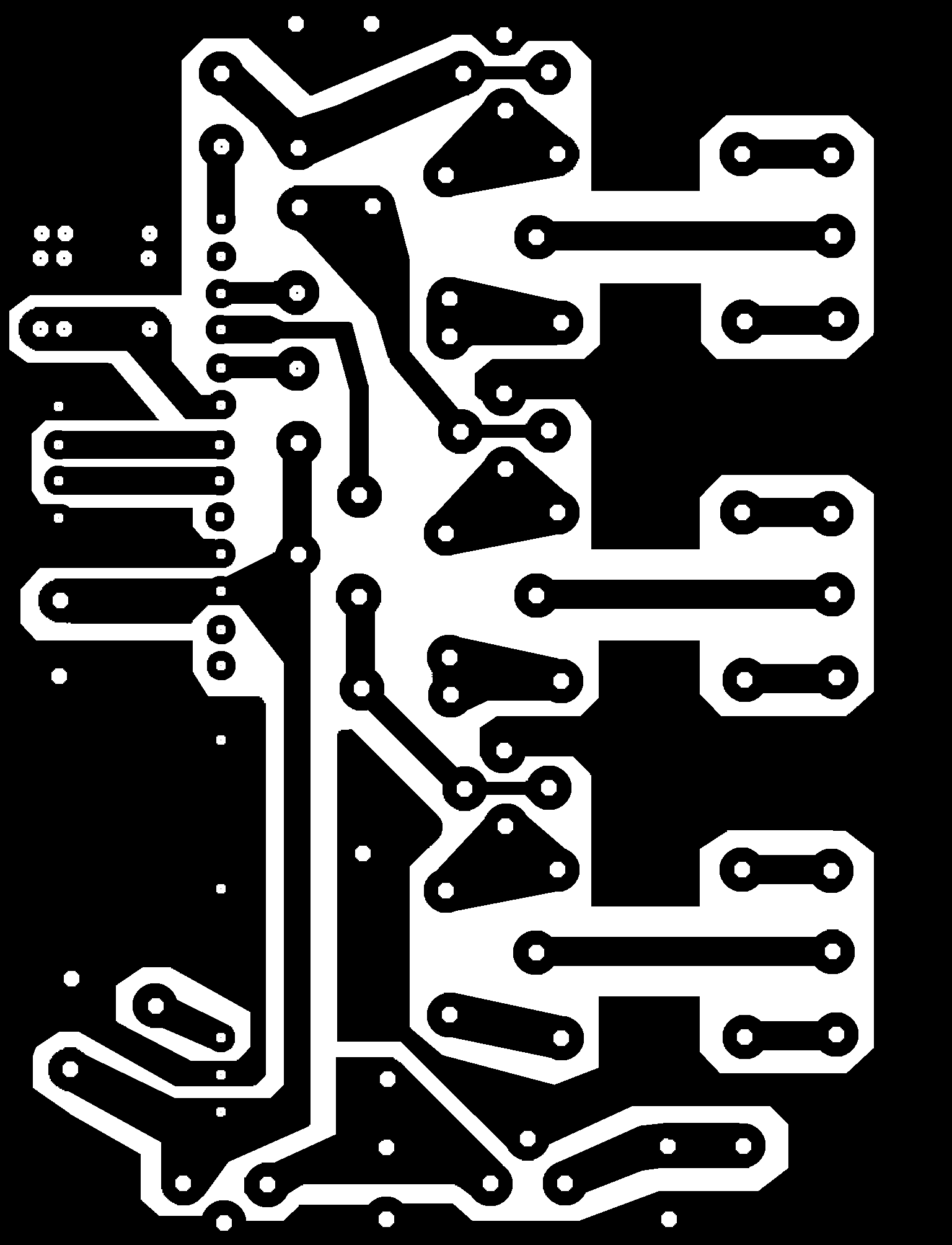433 MHz Remote ControlFebruary 2019 Brief introductionClassical remote control solution is based on radio frequency principle - control unit is X-tal controlled transmitter with encoder, receiver unit is superregenerative or superhet based receiver with decoder. To achieve some communication selectivity there is encoding used in the communication. In Slovakia devices of this kind are communicating using distinct frequency in the 433 MHz band. There are two main kinds of this type of remote control:
Complete transmitter-receiver sets are commercially available, together with all supporting devices - for example gate opening. There is no need for special development. In case we wish to have "special" solution, then some small development is required. Water pump remote control is an example of deployment where higher security is required. Added value is also better range. This project has the goal to setup remote control of garden watering pump. SolutionThe solution is based on deployment of commercially available parts and they adaptation to specific requirements. On the Net there is good offer of transceivers and receivers from many companies. Decision was made to use HiRK-433AP, which is complete AM superhet and decoder operating at 433 MHz. It has declared range 100 m and a compatible Keyfob series 110 transmitter. Details can be found on the RF Solutions WEB site. While transmitter (controller) deployment is not requiring any additional effort, receiver part must be completed by adding power supply and power control units. HiRK-433AP is four channel receiver, but deployment was done for three channels only because control unit has only three channels. Important feature of HiRK modules is possibility to set different modes of operation using pins 18 and 19.
Mom - output is valid for the duration of valid key press of the transmitter switch
Schematics
With respect to inductive character of the water pump decision was made to use relay as a switch. This decision is resulting in higher requirements on the power supply. Instead of classical power supply it was used "electronic transformer" Kanlux ADI350. It should be mentioned, that use of this type is not optimal. Better would be Kanlux DRIFT LED 0-6W which is serving 12 V stabilised voltage with maximum current up to 0.5 A. ADI350 was used because it was already available... To prevent influence to receiver block from relays part separate stabiliser was used to serve +5 V. In general there is nothing special on the schematics. Originally there was stabiliser 78M05 used to feed relays part, but with Kanlux DRIFT LED 0-6W and using RAYEX LEG-12 instead of RAYEX LEG-5 it can be completely eliminated. Pairing of receiver with control unit is easy:
Components placement has no problems, PCB was designed for classical components. Feeding to relay blocks is done using wire joins.
Warning: How it looksDevice was placed into old ADSL modem box. There was enough space for all components. Electrolytic condenser was added somehow "for safety" and because there was free space where two relays were not mounted. From the condenser there are wires to front panel where LED diode with resistor is mounted. Condenser and diode with resistor are not included to schematics. 
SummaryThe goal of this project was to prepare solution for remote control of garden watering, which was achieved. In case all three relay blocks would be use then more powerful power supply would be needed. Kanlux DRIFT LED 0-6W is a good example. It is assumed, that device will not be in outdoor environment. That may require to expose antenna outside. Antenna connector is already prepared.
This is |


